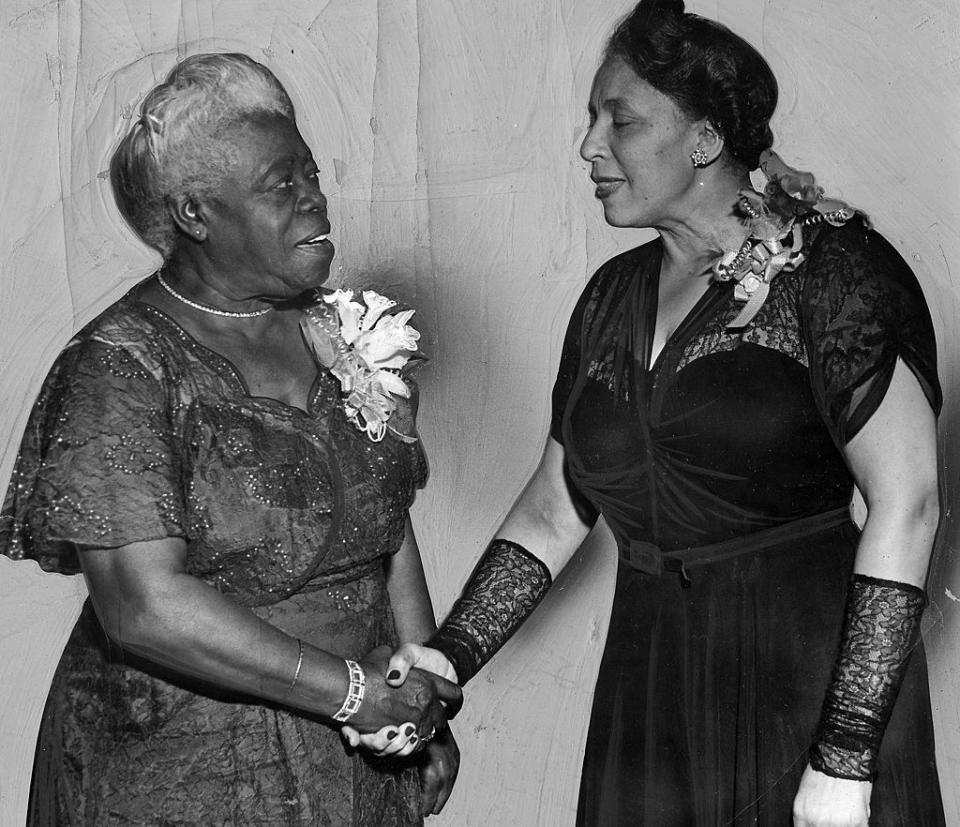21 Shocking, Surprising, And VERY Interesting Things I Learned This Week
1.During the first season of Saturday Night Live in 1976, producer Lorne Michaels delivered an on-camera plea to the Beatles, inviting them to the studio to reunite and joking that NBC would offer them $3,000 for a performance. It turns out that Paul McCartney and John Lennon were actually watching the show together when Michaels performed the bit. In 1980, Lennon revealed that they actually considered going to the studio. "We nearly got into a cab, but we were actually too tired," he said. "He and I were just sitting there watching the show, and we went, 'Ha ha, wouldn’t it be funny if we went down?'" In later years, McCartney corroborated the story. "It would have been work, and we were having a night off, so we elected not to go," he said. "It was a nice idea — we nearly did it."

2.In 1959, Walt Disney invited then-vice president Richard Nixon and his family to Disneyland to attend the dedication ceremony for the park's new Monorail. The Monorail's air conditioning only worked when the train was in motion. On the day the Nixon family arrived to tour the Monorail, it was reportedly very hot, so Disney invited them onto the air conditioned car, and the train took off with the family on board. The issue? Nixon's Secret Service was left on the platform as the train left, essentially "kidnapping" the vice president and his family.
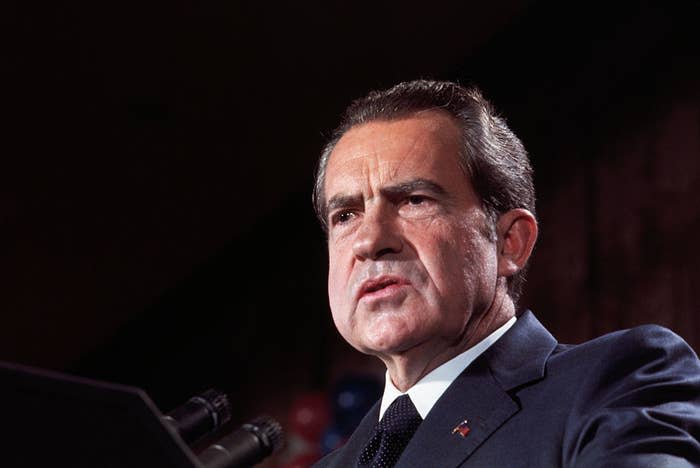
After the train completed the first lap, it appeared to slow down to let the Secret Service members on. Instead, Nixon's daughters allegedly yelled, "Again!" and the train went for a second lap without the Secret Service agents on board. Bob Gurr, the Disney employee in charge of the whole debacle, said that Nixon reportedly "roared with laughter." The Monorail eventually stopped, allowing the Nixon family to reunite with their Secret Service agents. It was later revealed that Disney executives were actually a bit worried about the Nixon family's joyride. The Monorail had only taken one successful lap prior before the Nixon family's trip. According to Gurr, there were some concerns that the train might catch on fire with the entire Nixon family on board.
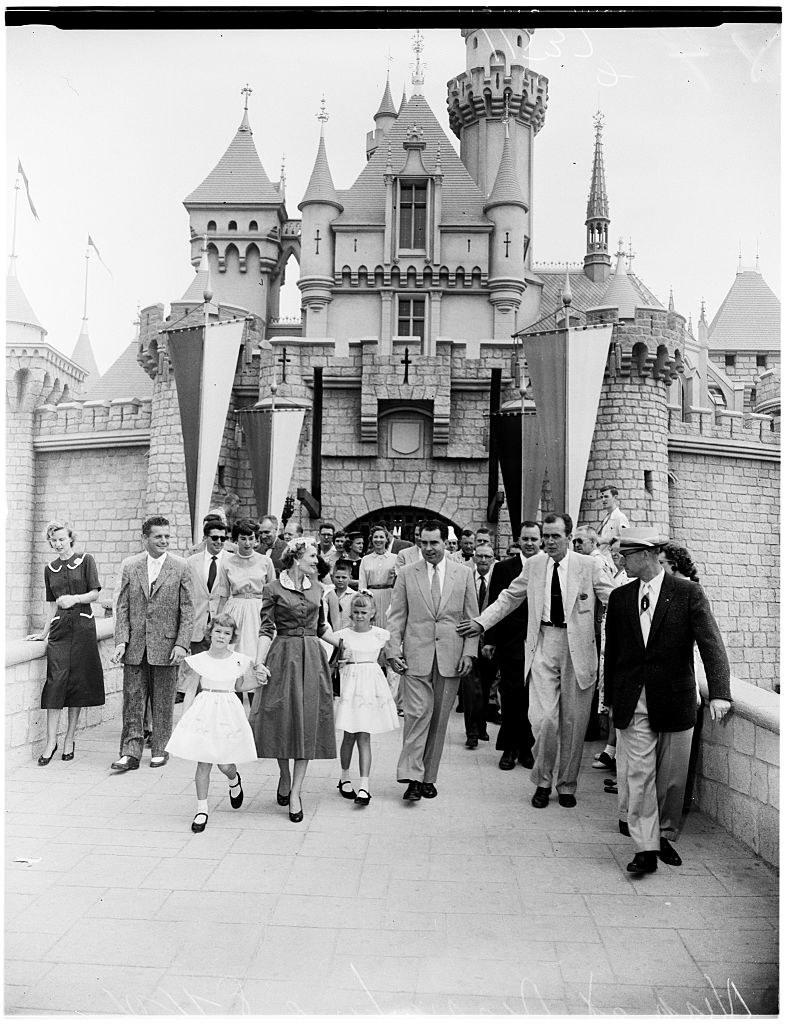
3.The rhyme "Rock-A-Bye Baby" might have a pretty dark origin. Some believe that the lullaby was written about the son of King James II of England and Mary of Modena, who allegedly was not actually the couple's biological son. Instead, many think that a random child was brought into the birthing suite and passed off as theirs in order to ensure there would be a Roman Catholic heir to the throne.

Fox / Via giphy.com
4.On December 8, 1963, Barry Keenan and Joe Amsler, former high school classmates from Los Angeles, kidnapped Frank Sinatra, Jr. in order to demand a hefty ransom from his famous father. Keenan and Amsler had reportedly been tailing Sinatra for weeks in order to determine when would be the best time to strike. Sinatra had been trying to get his own musical career started, and was performing at Harrah’s Club Lodge in Lake Tahoe on the night of the abduction. After the performance, Sinatra was resting in his dressing room with a friend when Keenan knocked on the door and pretended to be delivering a package. They tied up the friend while they blindfolded Sinatra and led him out of the room at gunpoint to a waiting car.
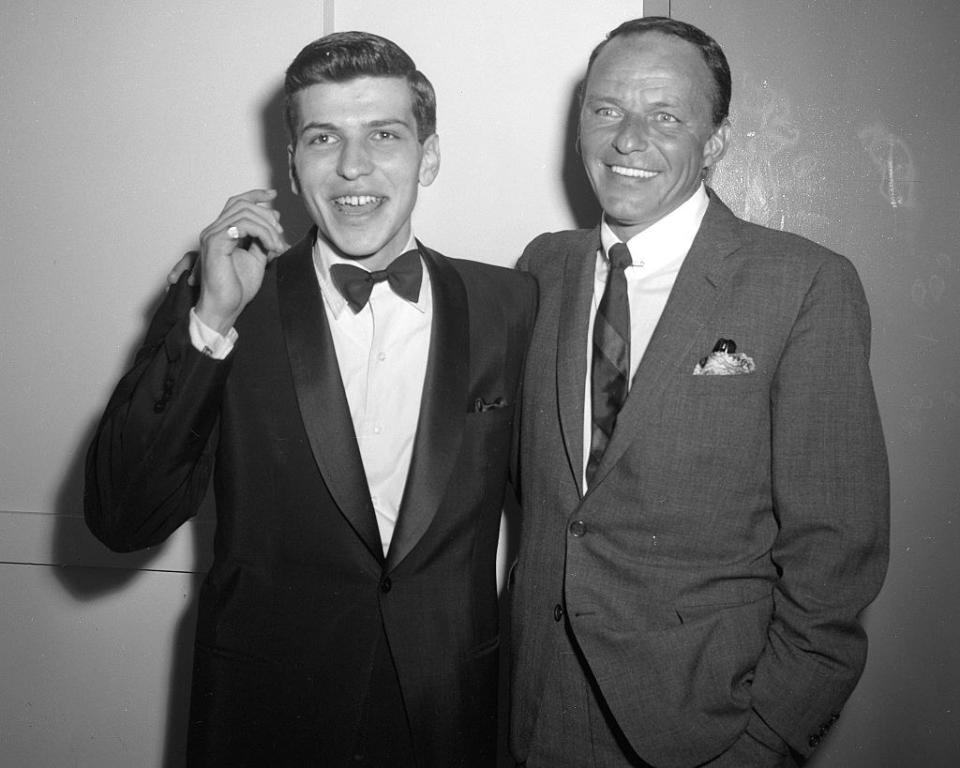
The friend was able to free himself, and contacted authorities, who quickly sprung into action and set up roadblocks to try to catch the kidnappers. According to the FBI report from the kidnapping, the kidnappers were actually stopped, but ended up bluffing their way through the roadblocks and continued on to a hideout in Los Angeles. Less than an hour after the crime, the FBI contacted Sinatra's parents. They believed that the motive for the kidnapping was money, and advised the Sinatras to pay the ransom request so they could trace the money. Keenan, Amsler, and a third conspirator, John Irwin, ultimately ended up demanding $240,000 in ransom. The Sinatras gave the FBI the money, who followed the instructions given by the kidnappers, and dropped the money between two school buses in Sepulveda, California on December 11.

While Keenan and Amsler were en route to pick up the money, Irwin got nervous and ended up freeing Sinatra, Jr., who walked several miles until he found a security guard who could help him. The guard put Sinatra, Jr. in the trunk of his car to avoid drawing attention and took him home. While he didn't know much about his kidnappers, he was able to give authorities enough information to lead them to the house. All three men involved were quickly captured, and nearly all of the ransom was recovered. During the trial, the defense attempted to argue that Sinatra, Jr. actually orchestrated his own kidnapping as a publicity stunt, but a confession letter written by Keenan was eventually found. All three men were convicted.
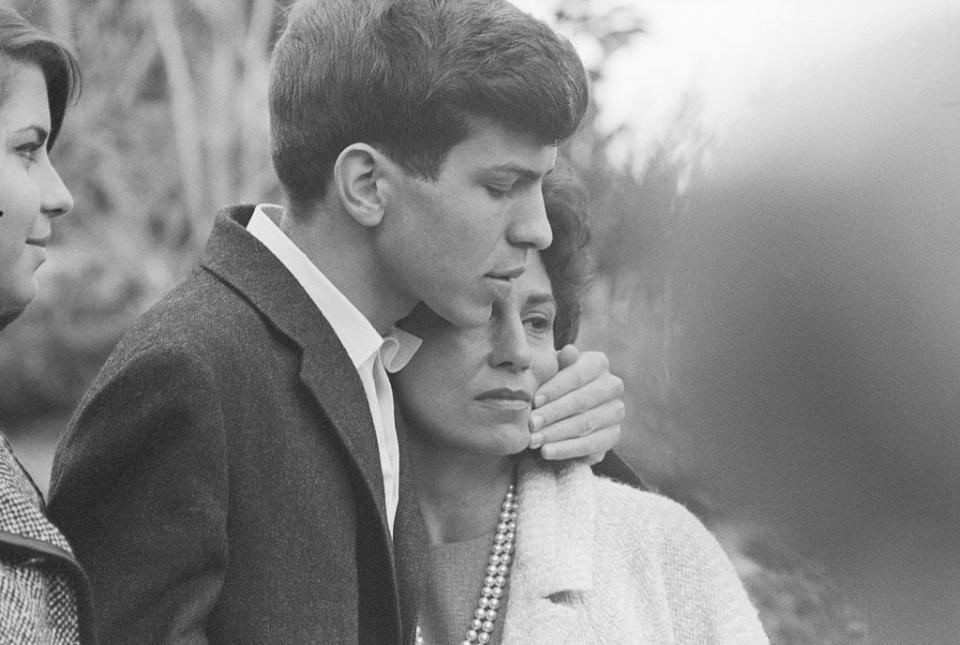
Keenan and Amsler were both sentenced to life in prison plus 75 years, while Irwin was given 75 years. Their sentences were later reduced to just 25 years. Amsler and Irwin both served three and a half years, while Keenan ended up serving four and a half. Upon Keenan's release, he entered the real estate world and became a millionaire. In 1998, he decided to sell his story for publication, and soon after, Columbia Pictures approached him and his co-conspirators, offering them millions to make a movie about the experience. After Sinatra, Jr. caught wind of this, he filed a lawsuit, citing a California law stating that felons could not profit off of their crimes. Keenan shot back, saying that the lawsuit violated his First Amendment rights. After a long legal battle, Sinatra, Jr. won the case.
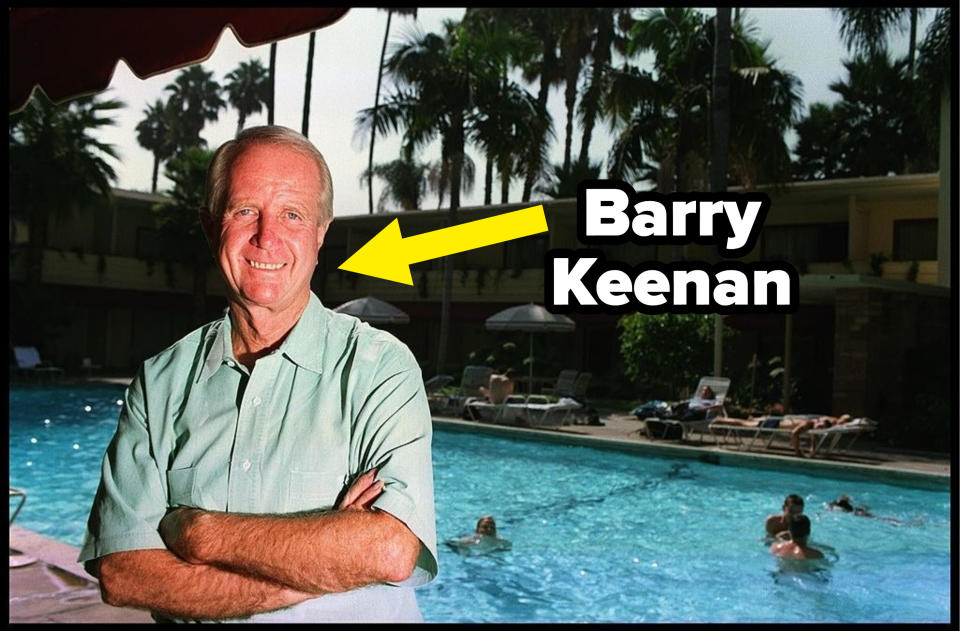
5.Although Barbie and Ken might be one of the world's most popular fictional couples, they're lowkey kind of siblings. Mattel founder Barbara Handler decided to name the dolls after her children, Barbie and Kenneth, which means that the couple was inspired by a real-life brother and sister duo.
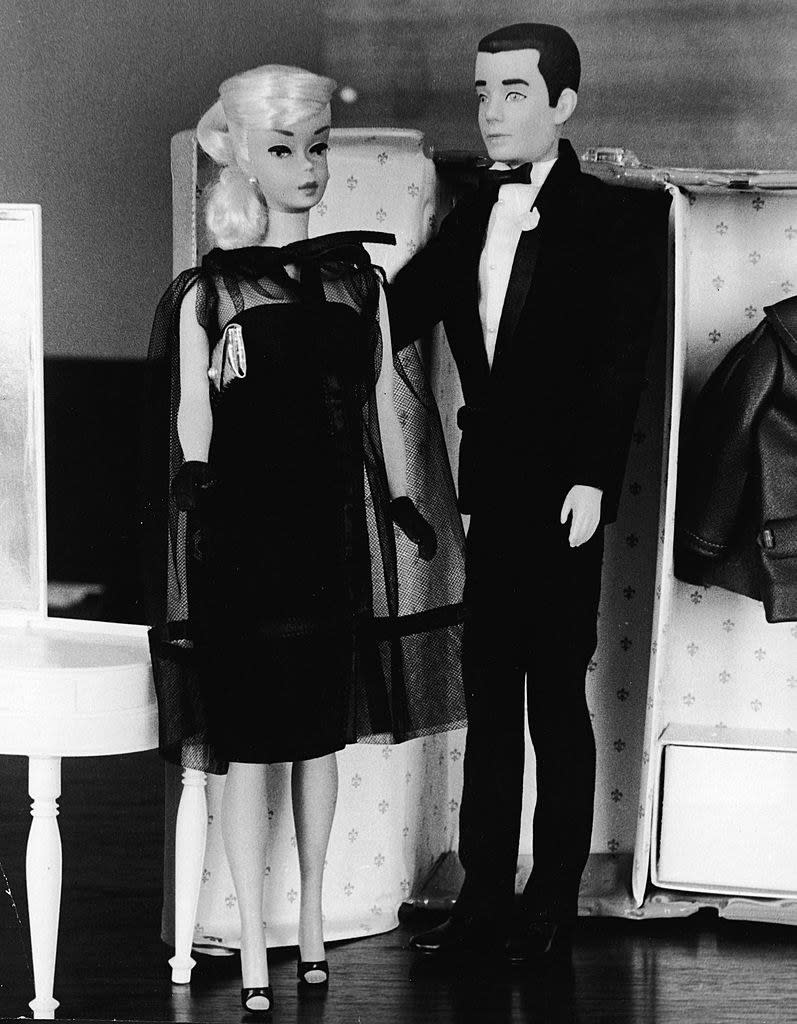
6.I firmly believe that Céline Dion's "My Heart Will Go On" is one of the best movie theme songs of all time, so I was utterly shocked to learn that the singer allegedly wanted no part of it at first. Before Titanic was released, it was the center of some pretty negative buzz. Studio executives thought that the addition of an epic love song would be a good marketing tool. Director James Cameron was reportedly against ending the movie with a pop song, and allegedly told executives, "Would you put a song at the end of Schindler’s List?" Meanwhile, composer James Horner, who had already been tapped to write the film's score, had been quietly working on "My Heart Will Go On."
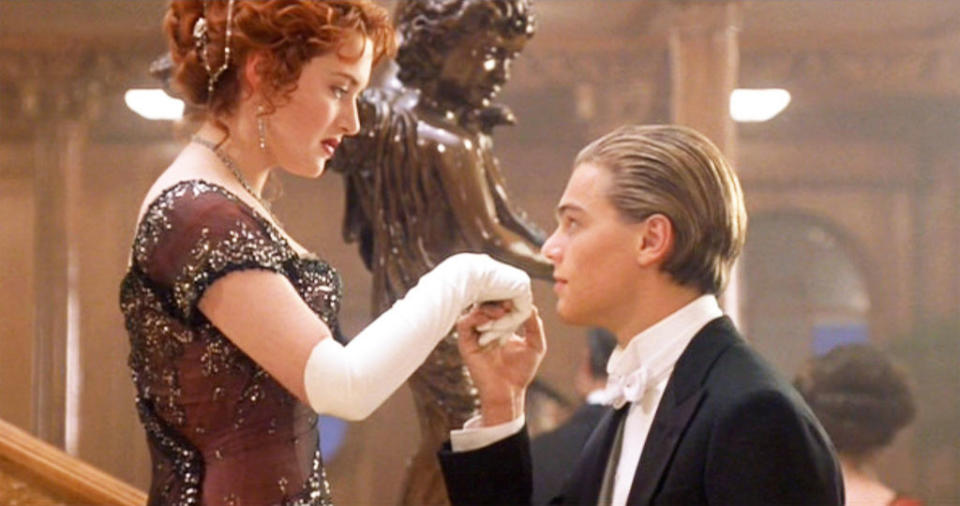
Horner and Dion had already worked together, and he believed that Dion would be the perfect person to tackle the ballad. However, when he approached Dion with the song, she said she was skeptical to work on another movie theme after recording songs for Beauty and the Beast and Up Close and Personal. Eventually, her husband, the late René Angélil, persuaded her to record a demo. "Behind closed doors, I think René told her this was going to be one of the biggest things in her career," record executive Tommy Mottola recalled to Billboard.

Dion agreed to the demo recording. "She laid down this vocal — nonstop, OK? One take," Mottola said. "We were all getting chills." Dion said that everyone in the room was crying after she finished the song in just a single take. Although the demo went well, Dion said she was still worried about what Cameron was going to think. "James Cameron didn’t want to have a song in his movie," she said. "'My movie is big enough, I don’t need something bigger, I don’t need any singer.'" After hearing the song, Cameron agreed that it worked well in the film. "My Heart Will Go On" went on to become one of the bestselling singles of all time, and won the Oscar for Best Original Song, as well as Record of the Year at the Grammys. "I’m so glad that my husband said, 'I really think that you should do that song,'" Dion told Billboard in 2017.
7.A walrus's tusk size determines their social status. The longer the tusk, the more respected the walrus is. Both male and female walruses grow tusks that can measure up to 3 feet long. If the tusks break, it often means that their social status gets knocked down a few pegs.

PBS / Via giphy.com
8.In addition to, you know, being the President of the United States, Abraham Lincoln was also a champion wrestler who was allegedly only defeated once over a dozen years of competition. Lincoln got his start wrestling as a child, where he reportedly competed in matches for over a decade. At age 19, Lincoln purportedly defended his stepbrother's river barge by using his wrestling skills to throw the hijackers overboard. Another one of Lincoln's notable wins came in 1830 when he was challenged to a fight by members of a gang while working as a shopkeeper in New Salem, Illinois. He ended up defeating Jack Armstrong, who was then the town's wrestling champion. Armstrong was allegedly fighting dirty, so Lincoln reportedly picked him up and knocked him out to end the fight.
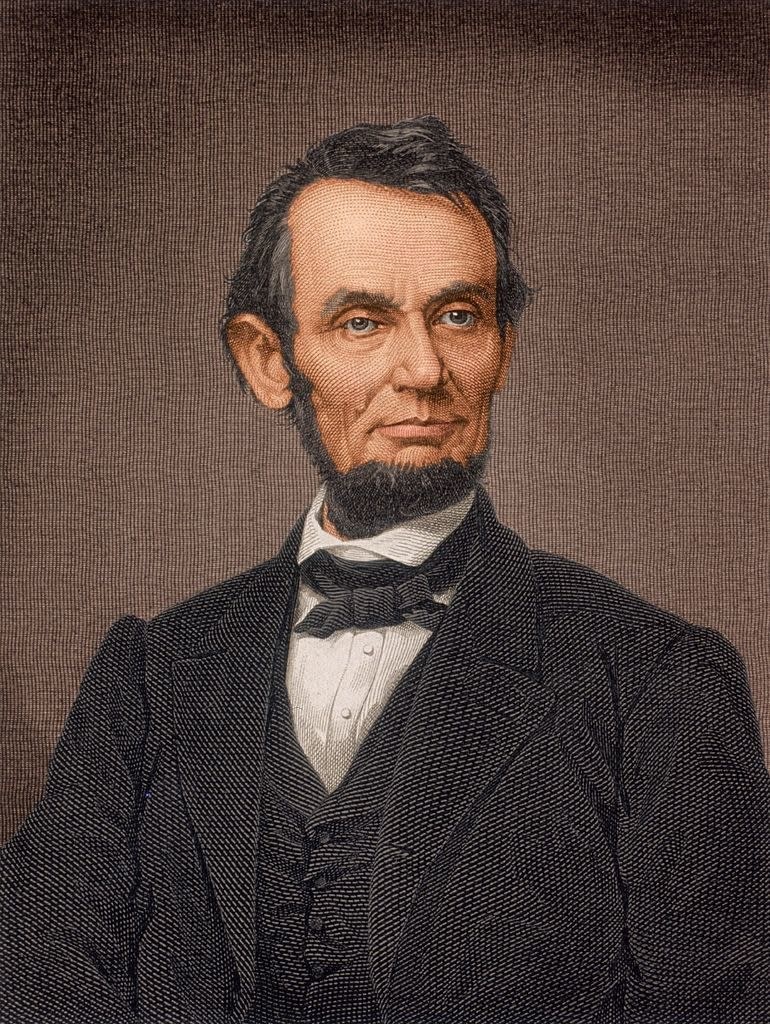
In 1992, Lincoln was enshrined in the National Wrestling Hall of Fame in Oklahoma. "We like to say wrestling is life," executive director Lee Roy Smith said. "And he wrestled with life." It also turns out that Lincoln wasn't just a good wrestler, but a pretty athletic guy overall! He allegedly loved to play handball, and was even spotted playing outside during the Republican National Convention when he was nominated to run for president. He also supposedly enjoyed bowling and billiards. In fact, Harold Holzer, a Lincoln historian and co-chairman of the Lincoln Forum, said that many would consider Lincoln "what we would describe today as 'ripped.'"
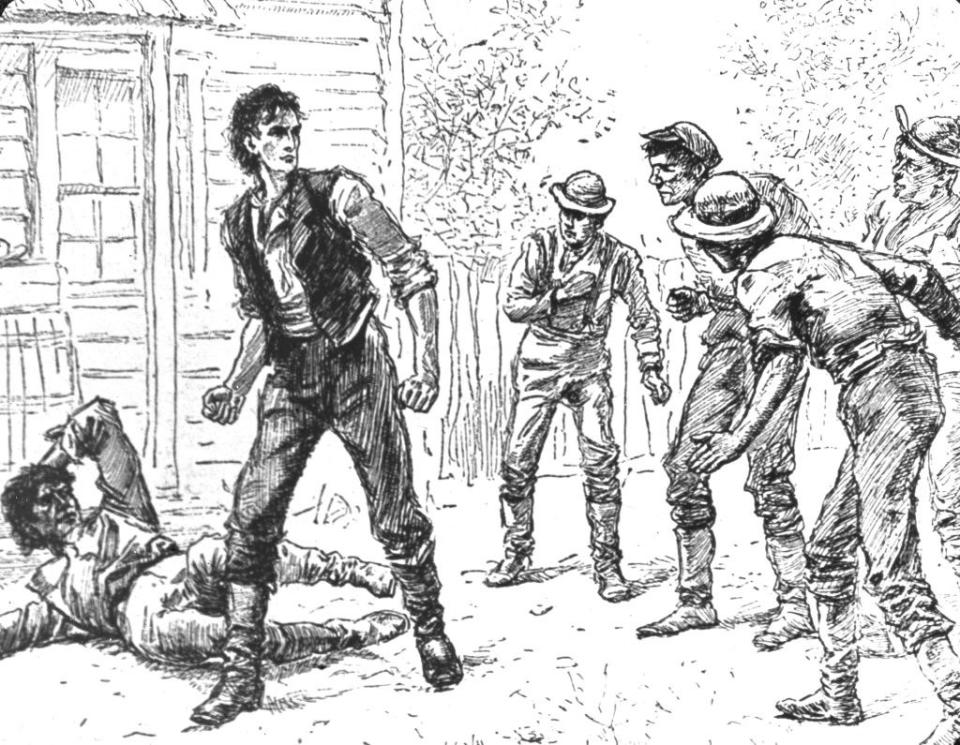
9.Every year after the holidays, the lumber from the iconic Christmas tree at Rockefeller Center has been donated to Habitat for Humanity. The practice originated in 2007. Several of the homes that have been built using lumber from the tree have commemorative stamps on them, acknowledging which year's tree the wood came from.

10.Before marrying Prince Charles, Princess Diana had several royal connections. In fact, her lineage, tracing back to her great grand uncle, the fifth Earl of Spencer, has some very fascinating royal roots. He allegedly worked as the groom of the stool, which meant that he helped the king wash up after using the bathroom. The groom would also carry around a portable toilet and closely monitored the royal's diet to get a better sense of when he had to use the bathroom. In addition to assisting with bathroom duties, the groom of the stool would also help the king dress up, and ensured that his room was kept tidy.
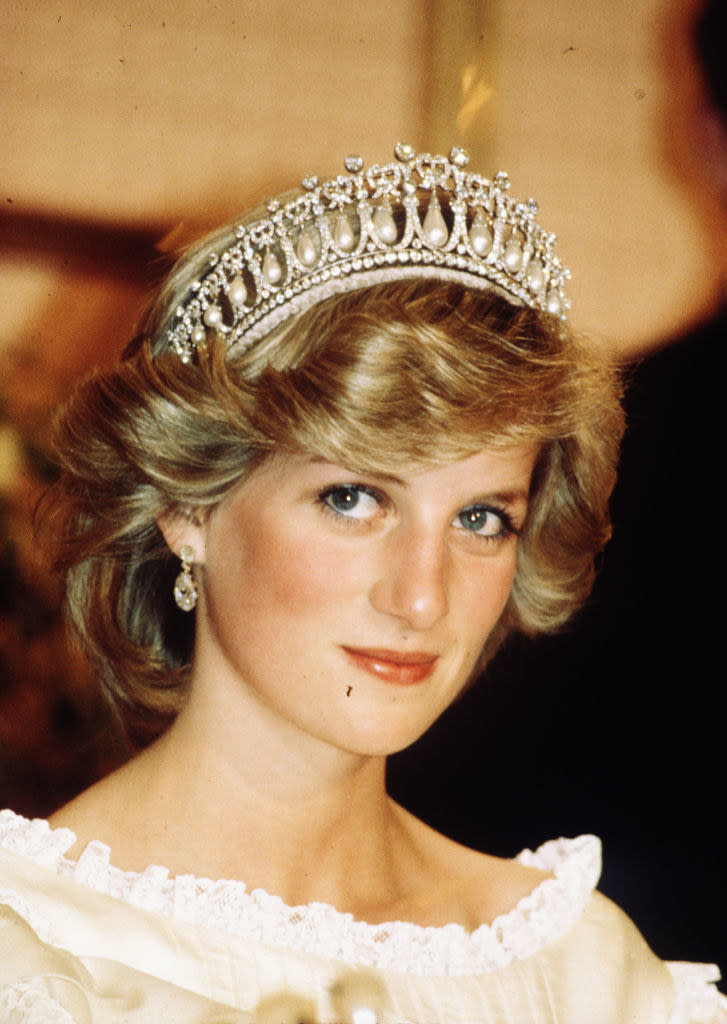
While this doesn't sound like the most glamorous royal role, it was allegedly a very coveted job. As the king would sit on the toilet, he would typically spill secrets to the groom of the stool, who would end up becoming one of the most connected people in the palace. In fact, the role was so prestigious that monarchs in exile were often denied grooms as part of their punishment. While grooms of the stool originated in the 1400s, the role became more popularized during Henry VIII's reign. By the 1800s, the groom of the stool position had evolved to eliminate all bathroom duties. Instead, the groom would help the king with his dressing and other personal grooming. With this shift, the job became known as the groom of the stole instead.
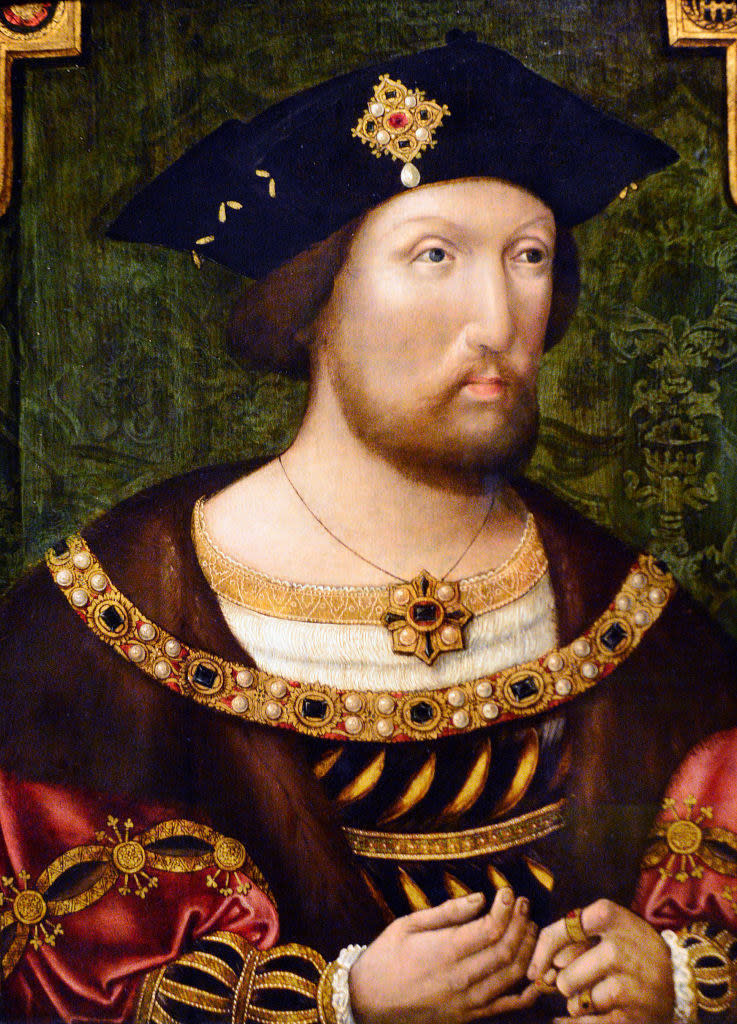
Diana also allegedly had some pretty notable familial connections outside of the royal family. She was distantly related to prime minister Winston Churchill after Charles Spencer married Anne Churchill in the 1700s. In a rather American twist, Town and Country reported that George Washington is allegedly Diana's eighth cousin, five times removed. Audrey Hepburn and Diana were also distantly related, as Hepburn's mother was a member of the Dutch nobility. And finally, on an episode of PBS's Finding Your Roots, actor Glenn Close learned that she and Diana were eighth cousins.
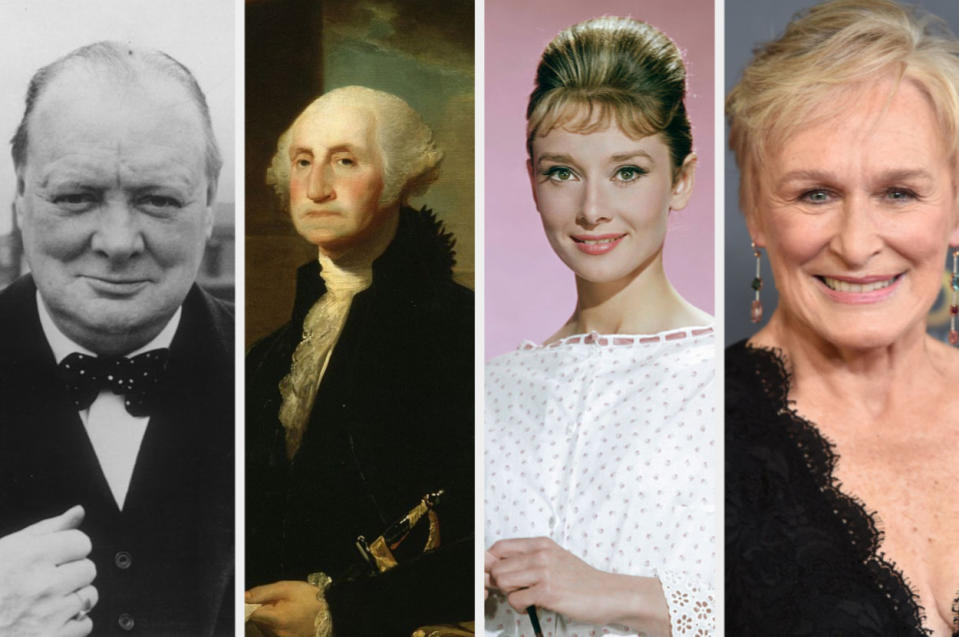
11.While you definitely know about NASA's achievements in space, they've also developed quite a few items that you probably have in your home. Among NASA's non-space-related inventions are the Dustbuster, scratch-resistant glasses lenses, athletic cooling fabrics, memory foam, and even elements of the modern laptop including fan-based cooling and a full-sized keyboard.

Freeform / Via giphy.com
12.Back when George Lucas was developing the storylines for the original Star Wars trilogy, he imagined them being a series of stories recorded by an ancient race of immortal beings known as the Whills. His plan was to have the Whills pass on the stories to groups of chroniclers, known as Keepers, who would record them in journals. In fact, Lucas said he originally intended on R2-D2 being one of the Keepers. He also allegedly imagined he himself would also be one of the Keepers, in a way to connect the Star Wars world he created to reality.

Although the idea of the Whills didn't make it into the final cut of the films, Lucas said he was able to salvage part of his work. "The Whills became part of this massive amount of notes, quotes, background information that I used for the scripts; the stories were actually taken from the 'Journal of the Whills,'" he said. In fact, the Journal of the Whills inspired the movie's opening sequence. The recaps of past events at the beginning of the movies were meant to be entries from the journal, told from the perspective of the Whills. In later years, the Whills made their official debut in Rogue One.

Lucasfilm / Via giphy.com
13.At the LEGO Idea House in Denmark, there is an archive of all 8,000 LEGO sets the company has released since the 1960s. The collection is part of the company's corporate museum, and is closed to visitors unless they have a "business-relevant purpose." Kristian Reimer Hauge, a LEGO historian, said that on the off-chance visitors are allowed in, the company recommends taking your birth year and adding five years in order to be reacquainted with the LEGO sets of your childhood.
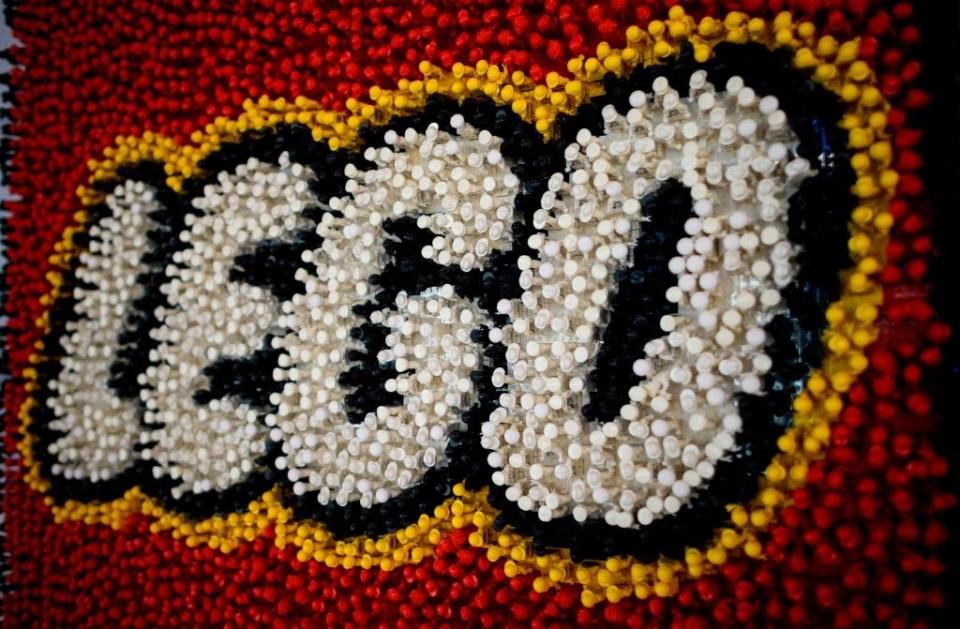
14.While most Mad Men viewers likely knew that the series took a lot of cues from real-life events and ad campaigns, you might not have known that Don Draper, the show's main character, was allegedly partially based on a real person. Draper Daniels was an ad executive for Leo Burnett, an agency in Chicago, and was even credited with creating the Marlboro Man. In 2009, Myra Daniels, Draper's wife, wrote an essay for Chicago magazine titled "I Married A Mad Man," where she revealed that Draper persuaded her to marry him after they met during a business meeting about a company merger, even though she was already engaged.
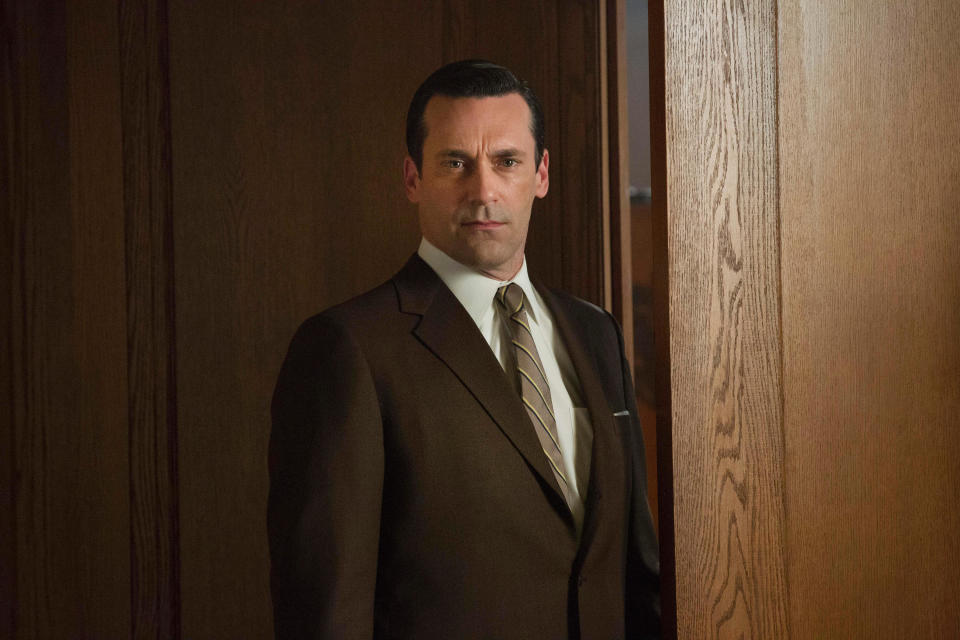
Daniels added that after they were married, Draper became much different. "Draper Daniels smoked a lot and sometimes drank his lunch, as Don Draper does on the show," she said. "He had a lot of energy, enjoyed life, and came up with brilliant and innovative ideas, traits shared with Don Draper. He also liked women, much the way Don Draper does. But the Draper Daniels I knew became a one-woman man after we married. He also quit drinking, when I told him I didn’t want to work with a lush." She added that after Draper created the Marlboro Man, he ended up leaving advertising for a year because he felt so guilty about promoting cigarettes. Matthew Weiner, who created Mad Men, said that he was inspired by Draper's name when developing Don Draper, and called Draper Daniels "one of the great copy guys."
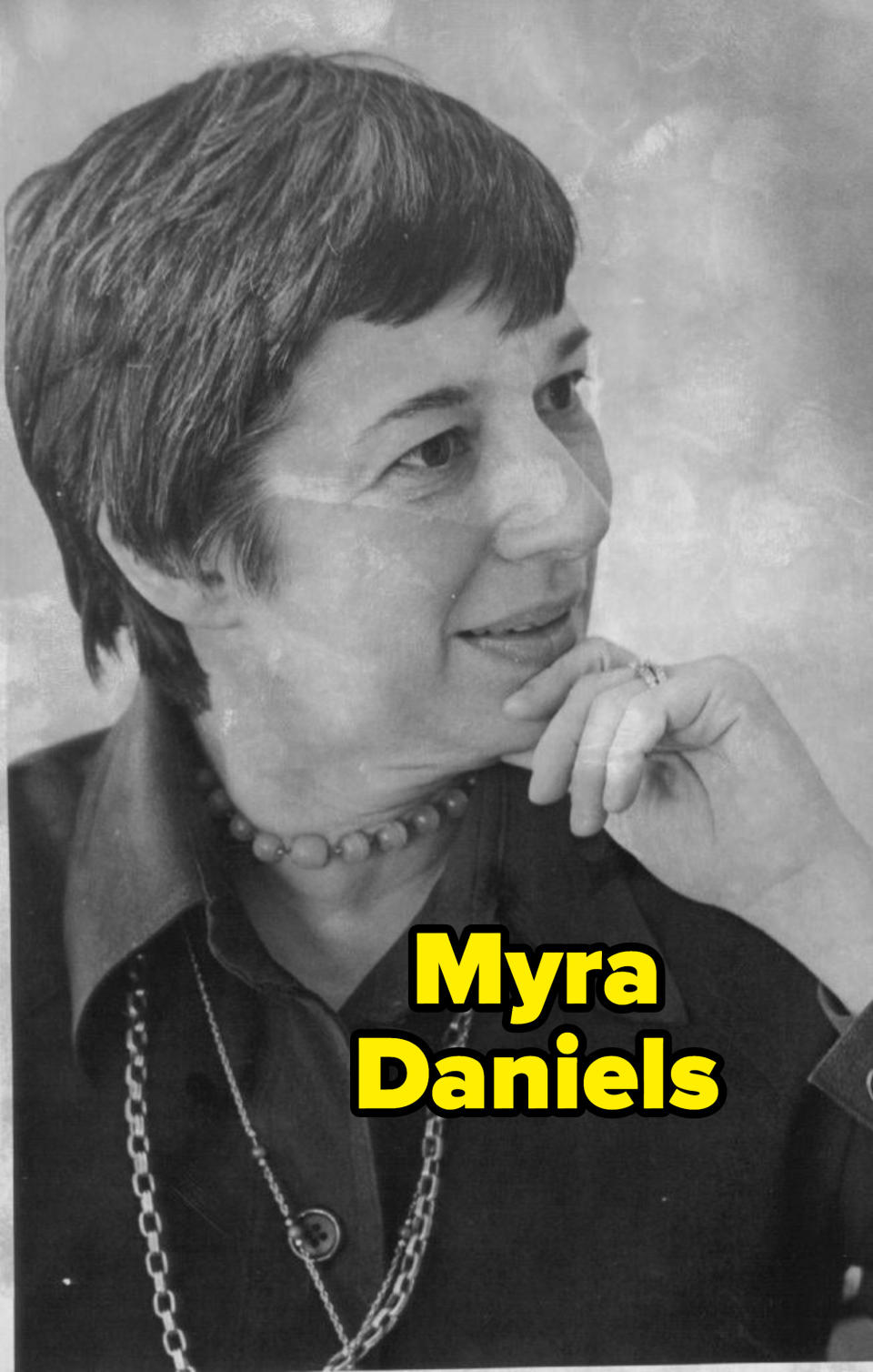
15.When Mario Puzo, the author of the Godfather books, was tapped to adapt the series for film, he had never written a screenplay before and admitted that he had no idea what he was doing. However, he clearly had some sort of talent when it came to film. After all, he won two Oscars for his scripts, and told NPR that writing them was "a cinch." After taking home the awards, he said that he decided to buy a book about screenwriting in order to further perfect the craft. When he started studying the book, he found a surprising lesson. "The first chapter [of] the book said, study Godfather I. It's the model of a screenplay," he said. "So I was stuck with the book."
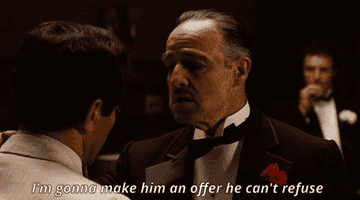
Paramount / Via giphy.com
16.In 1968, Pan Am, which was then one of America's most popular airlines, launched the First Moon Flights Club, where customers could book their tickets for the first civilian flights to the moon, projected to begin in 2000. The idea originated in 1964, after Gerhard Pistor, an Austrian journalist walked into a travel agency and asked to book a flight to the moon. Instead of passing it off as a joke, the agent reportedly connected him with both the Soviet Aeroflot and Pan Am, inspiring the airline to actually develop their program. In 1968, they enrolled about 180 people.
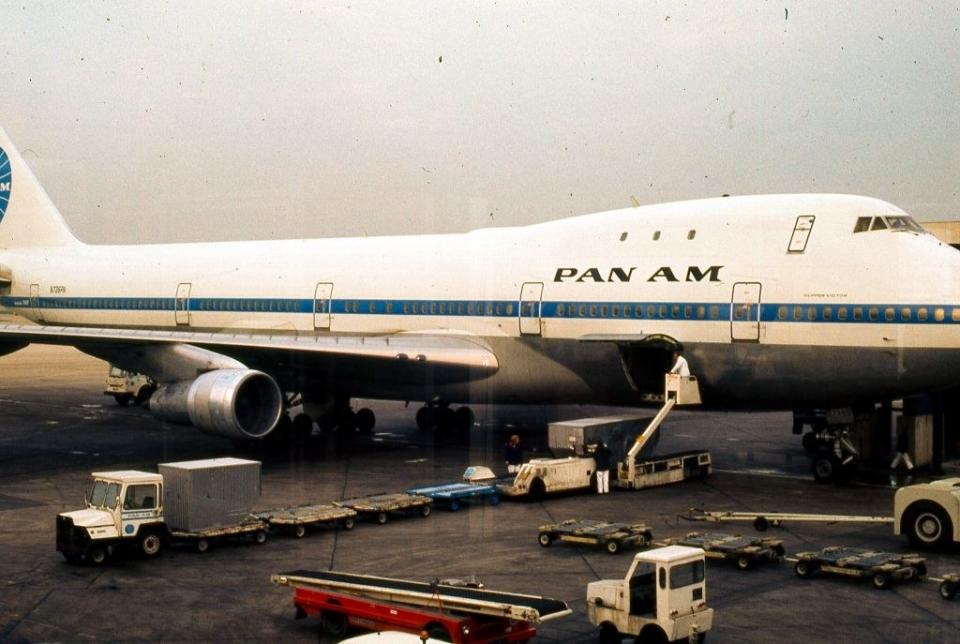
When a Pan Am-branded spacecraft appeared in 2001: A Space Odyssey, requests allegedly skyrocketed. Between 1968 and 1971, the airline accepted about 93,000 reservation requests, including some from pretty notable names including politicians, entrepreneurs, and even news anchor, Walter Cronkite. Everyone who enrolled in the program received a numbered membership card in the mail. Pan Am acknowledged that there were a lot of unresolved details regarding the flights. In a form letter sent to members, they wrote, "Starting date of service is not yet known. Equipment and route will, probably, be subject to government approvals. Fares are not fully resolved, and may be out of this world."
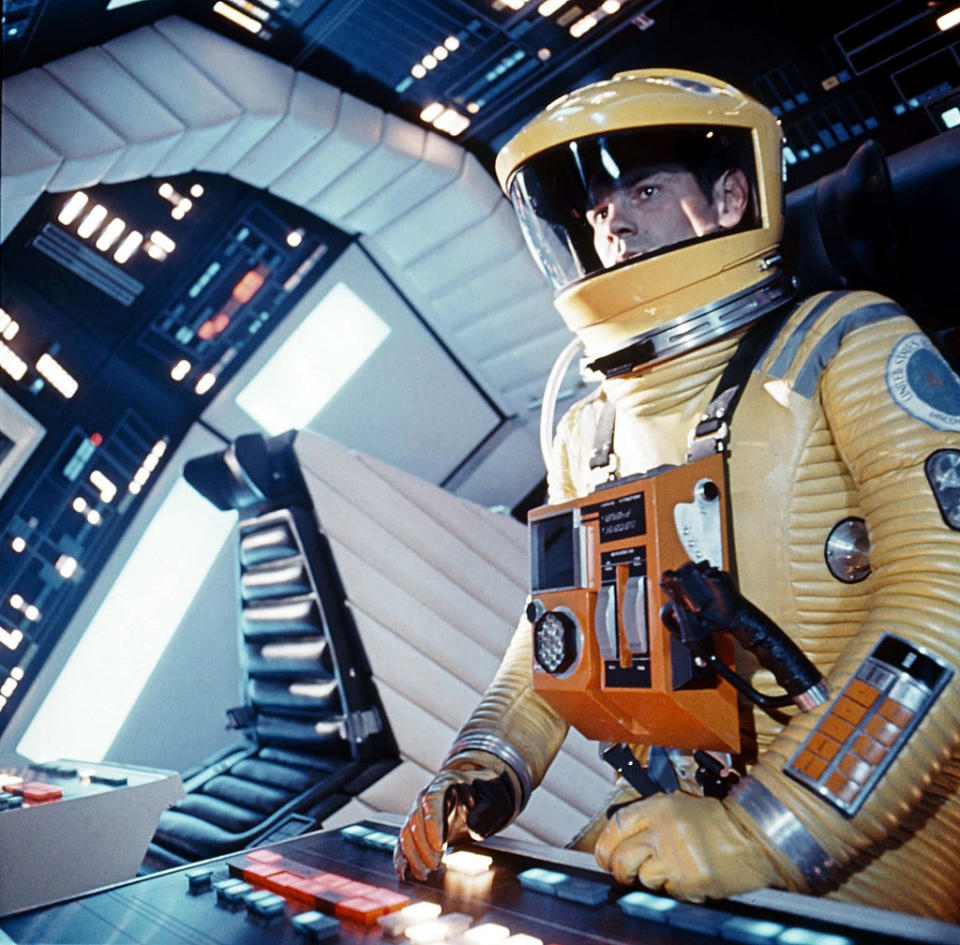
In 1971, the airline stopped taking reservations, citing administrative and financial strain. Despite the sudden halt to the program, Pan Am maintained that the reservations were legitimate. Rival airlines like TWA said they were also keeping a list of customers for when they unveiled their own trips to the moon, but the Pan Am program reigned supreme in terms of popularity. In 1991, Pan Am shuttered after going bankrupt, thus officially voiding the 93,000 reservations.

17.Pigeons and doves are technically the same exact animal. In fact, the only real difference is in the name: the word "dove" is more Nordic, while "pigeon" has a French origin. Despite the fact that there's no big difference between the birds, some people tend to categorize them by size, dubbing bigger birds pigeons, while smaller ones are typically called doves.

NBC / Via giphy.com
18.Hungarian composer Franz Liszt is often called "the world's first rock star" because of the way he was worshipped by concertgoers. During Liszt's concert piano performances, women allegedly would attack him to grab pieces of his clothing, broken piano strings, and even locks of his hair. Stephen Hough, a concert pianist, told NPR stories of "women throwing their clothes onto the stage and taking his cigar butts and placing them in their cleavages" during Liszt's shows. This phenomenon was nothing like anyone had ever seen and was soon dubbed "Lisztomania."
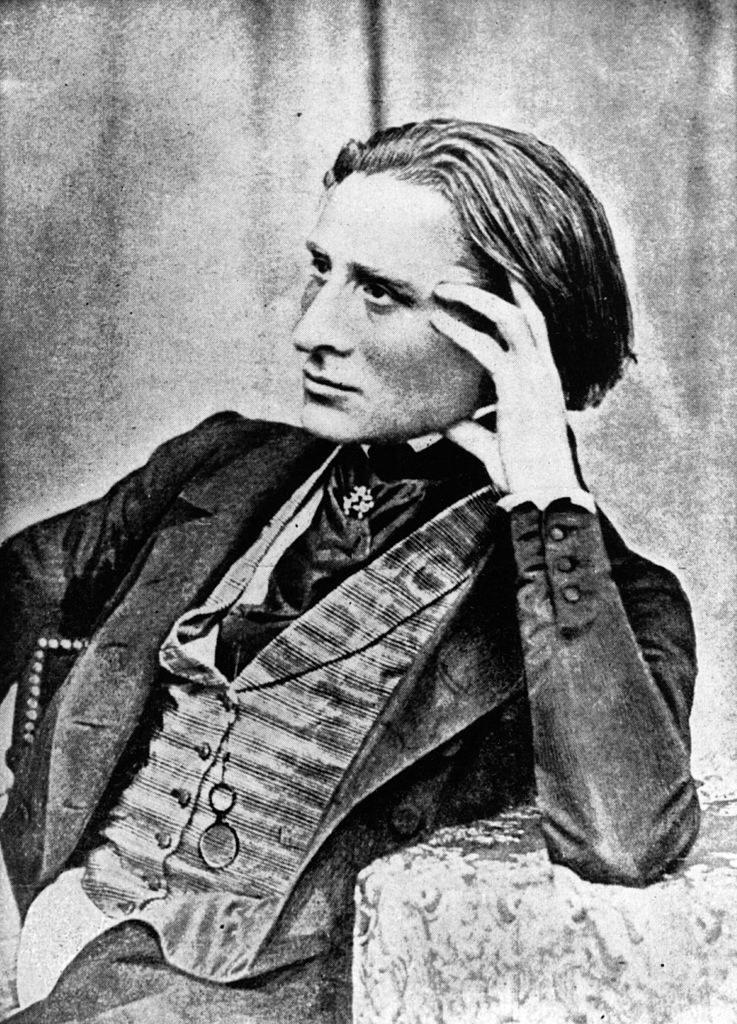
Liszt is often credited with revolutionizing the concert experience. He typically played from memory and turned his piano so concertgoers could see his face. "Liszt saw that playing the piano, especially for a whole evening in front of an audience, it was a theatrical event that needed not just musical things happening but physical things on the stage," Hough said. Lisztomania allegedly got so intense that women started writing to the musician with requests for locks of his hair. Legend has it that Liszt supposedly bought a dog and sent clippings of the dog's fur in place of his own hair.
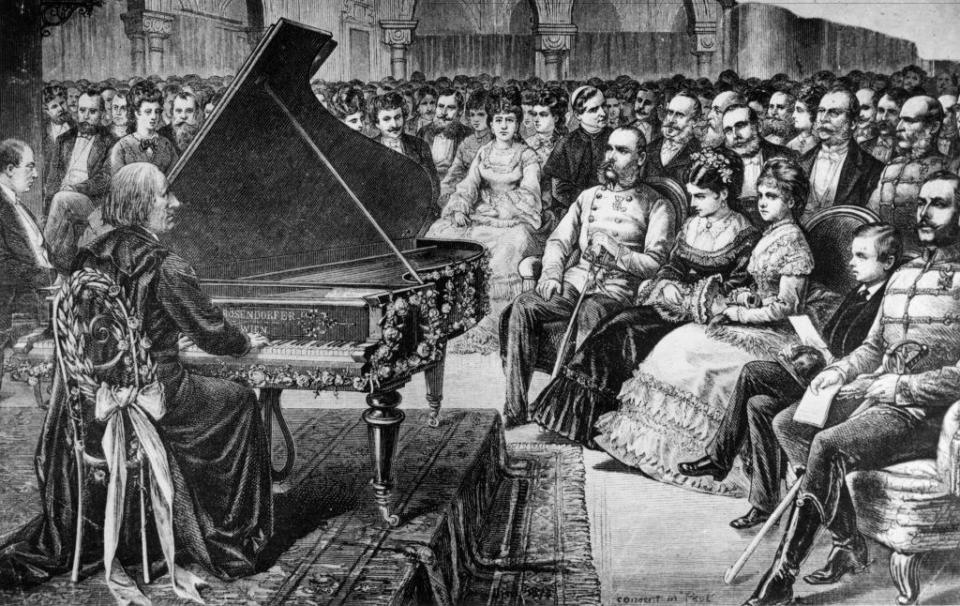
19.In 1972, director Joyce Chopra filmed herself giving birth for a short film called Joyce At 34, which is believed to be the world's first televised live birth. The inspiration for the film came when Chopra was eight months pregnant and struggling with the way motherhood might change her career and identity. Chopra teamed up with filmmaker Claudia Weill to document the end of her pregnancy and birth. The plan was for Weill to film the birth, but she was out of town when Chopra went into labor, and a backup crew had to come into the delivery room. The 40-second birth sequence marked the first time a woman was filmed giving birth for television, while the rest of the documentary depicted the first 14 months of Chopra's motherhood journey.

When the documentary debuted, there were some mixed opinions on it. Gloria Steinem called it "one of the rare documentaries that is neither propaganda nor putdown: a film that loves both the people it portrays and the truth," while others complained about the birth scene. Chopra's daughter, Sarah Cole, even wrote about the experience for her college essay. "I was born on film," she wrote. "I have been born a dozen times on public television, once at a cross-cultural film festival in the Soviet Union, every year (as far as I know) at some or other university in the US. A roll of celluloid, from which I could be born at any moment, is reposing in the vault at the Museum of Modern Art."
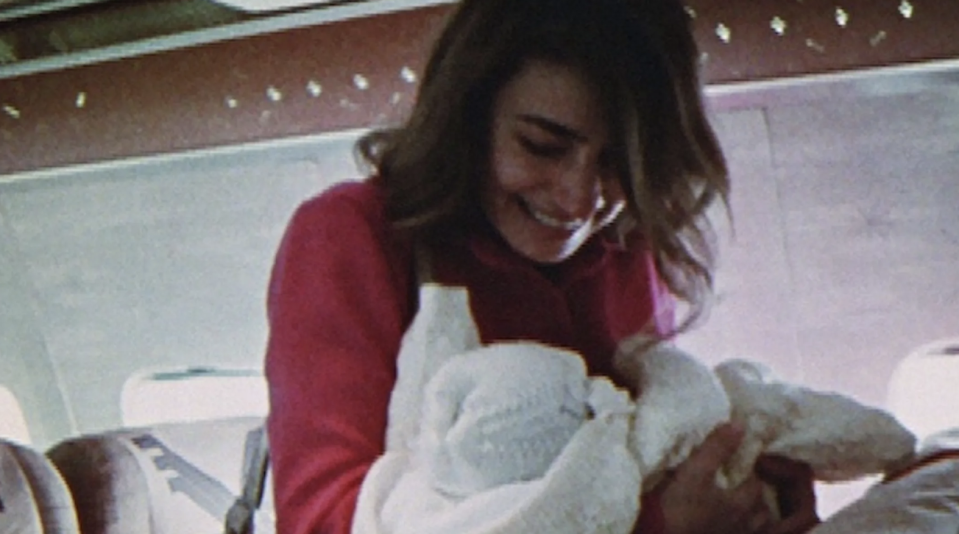
20.There is enough salt in the ocean to cover the Earth's entire surface. If all of the salt was spread out across the entire planet, it would reportedly be about 500 feet thick, or the height of a 40-story office building. Most of the salt in the ocean comes from rocks on land and is typically transported by rainwater runoff.

The Good Films / Via giphy.com
21.And finally, Dr. Dorothy Ferebee devoted her life to providing accessible healthcare to Black people in the South. Ferebee was born into a prominent Black family in Virginia. Her grandfather had been enslaved, but later became a successful businessman. Many people in her family were lawyers, businessmen, or entrepreneurs, but Ferebee knew from a young age that she wanted to be a doctor. She lived with family members in Boston, likely because there were more educational opportunities for her up there. In 1924, she graduated from Tufts Medical School as one of only five women in her class. Although she faced scrutiny for being a Black woman in medicine, she ended up being in the top five of her class.
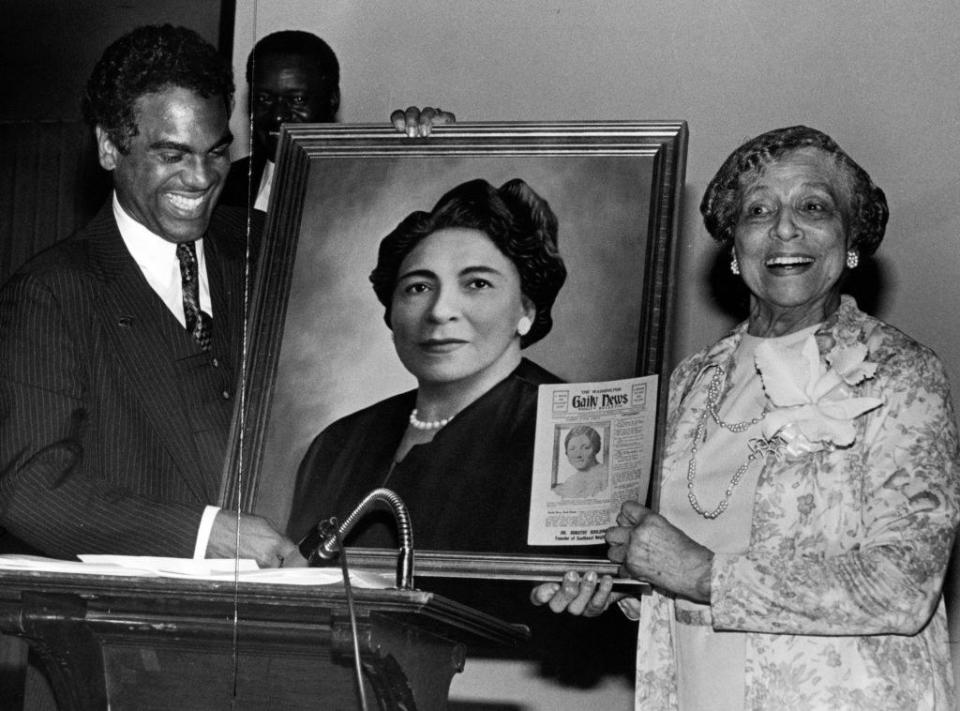
Upon graduation, Ferebee struggled to find a job, as they all required photos, which revealed that she was Black. She eventually got a residency position at Freedmen’s Hospital, a Black-owned hospital in Washington, D.C. After passing her exams, she worked as an obstetrician, where she controversially promoted contraception and sex education for women. She soon began to pick up on the lack of medical care for Black people in Washington and founded the Southeast Neighborhood House, which provided not only medical care but day care and other opportunities for Black residents.
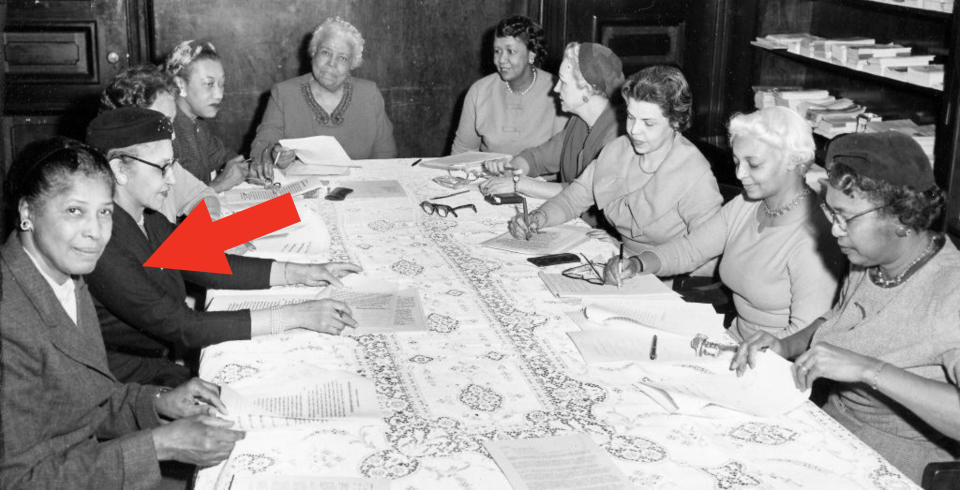
Ferebee also ran the Mississippi Health Project from 1935 to 1942, and traveled to the Mississippi Delta every summer with her Alpha Kappa Alpha sorority sisters to offer medical exams, vaccinations, and health education to Black families. Her work vaccinated about 15,000 children against smallpox and diphtheria, and was praised as one of the most effective health programs in history. She soon began working with the National Council of Negro Women and eventually became president of the organization, where she worked to promote healthcare and end discrimination against Black women. Throughout her career, Ferebee was appointed to several positions in groups like the World Health Organization where she continued to advocate for equal healthcare opportunities until her death in 1980.
